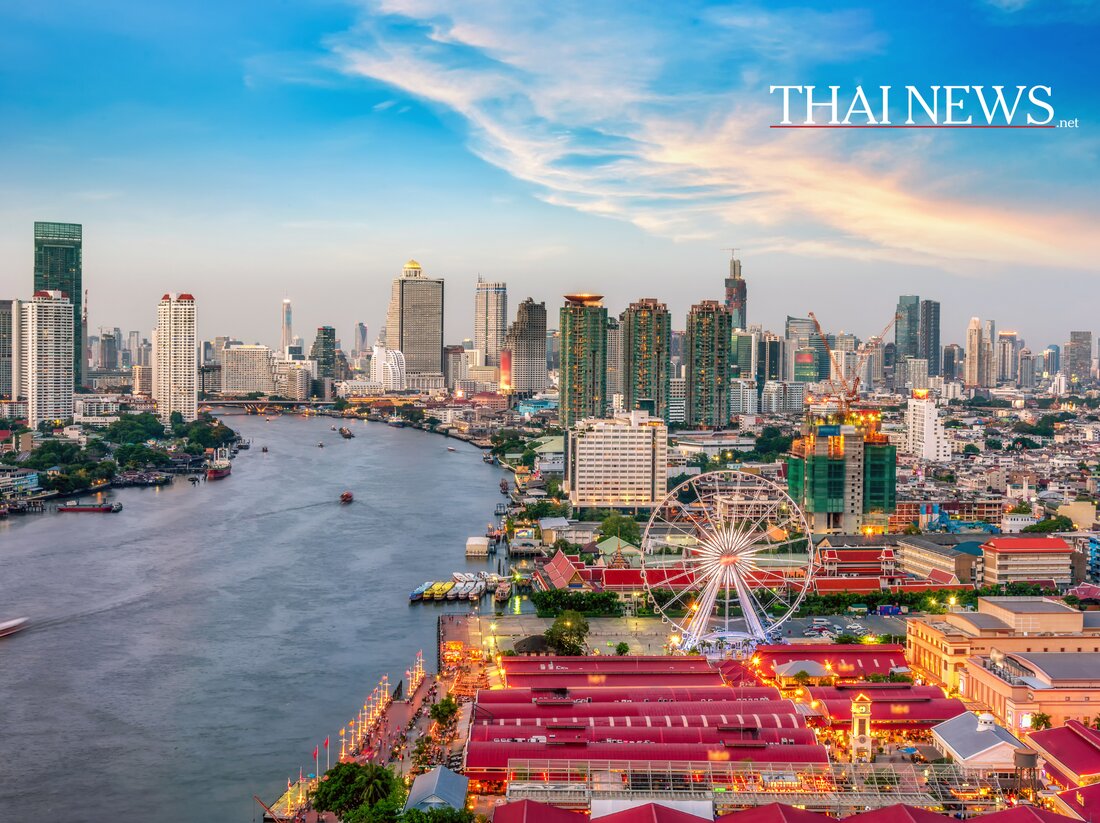Thailand in water emergency: Authorities mobilize against floods!
The Secretary of the SWR is leading measures to improve the water situation in Thailand as the winter season begins.

Thailand in water emergency: Authorities mobilize against floods!
In Bangkok and beyond, hope is increasing for a positive turnaround in the current water situation. But the road there is still long and challenging. National Water Resources Office (SWR) Secretary Donucha Pichayanant presented the current developments and strategies for monitoring the water situation in Thailand at a recent meeting. This week the country officially begins the winter season and the rainy season is coming to an end, which does offer some bright spots. Loud LINE Today Rainfall in the uppermost part of the country has already decreased, which has a positive effect on the general water supply.
The authority has mobilized all relevant agencies to drain the stagnant water in the affected areas. Among other things, it was decided to gradually reduce the Sirikit Dam's water release from 20 million m³ per day to 10 million m³ per day. The Bhumibol Dam's water release remains slightly increased at 10 million m³ daily to protect the areas below the dam. These are important measures to lower the water levels in the Chao Phraya and counteract flooding.
Floods and outlook
In some cities, such as Hod and Doi Tao in Chiang Mai, citizens and authorities are currently struggling with flooding. Temporary traffic routes have already been set up. Rain is expected again in southern Thailand on October 23, increasing the risk of landslides and further flooding. The Disaster Prevention and Mitigation Department has prepared to provide rapid assistance to minimize damage to people and property. “We are ready for an emergency,” said those responsible. This year, many dams are already filled to 80-90% of their storage capacity, requiring accurate management.
The EGAT (Electricity Generating Authority of Thailand) plays an important role in monitoring and managing the water situation. During the period from September 27 to October 12, 2025, the authority implemented a program that facilitates access to the university and provides those interested with holistic knowledge of water management. Huai Phrom Dam Deputy Director Prasan Sangjun recently took part in an information broadcast to educate people about the current situation. Workshops are also planned to promote the exchange of knowledge on the water situation.
Long-term strategies and challenges
In order to be well prepared in the future, Thailand has formulated an ambitious 20-year master plan for water management from 2018 to 2037. The goals are diverse and ambitious, such as more effective use and protection of water resources, management of floods and improvement of water quality. UNEP Grid emphasizes the need for integrated water management (IWRM) to meet the needs of climate change and population development.
A healthy balance between water use and environmental protection remains one of the biggest challenges. There is an urgent need to find solutions to redundant laws, budgeting problems and institutional fragments. Despite these hurdles, there are already successes, such as increased access to clean drinking water and progress in water supply. In recent years, access to water increases from 98% (2016) to 99.5% (2019), showing that efforts can finally bear fruit.
If Thailand finds the right balance between water use and protection, nothing stands in the way of positive water management. The current measures are a step in the right direction, but the challenge remains great.

 Suche
Suche
 Mein Konto
Mein Konto
